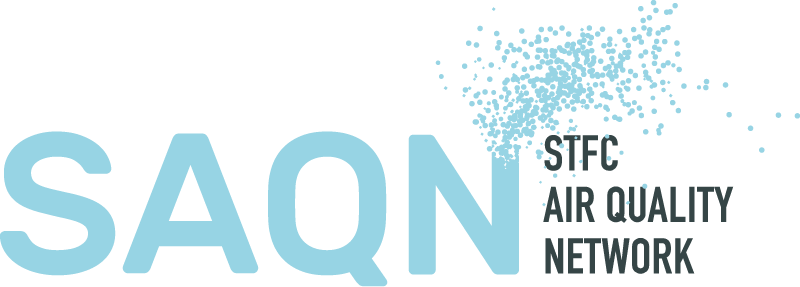SAQN have awarded five Proof of Concept Awards for innovative projects that either build on the previous work undertaken by SAQN Scoping Studies or that pursue new research, applying STFC capabilities to address air quality challenges. All the projects make innovative use of STFC capabilities, either applying new techniques to air quality research, or developing the capacity of STFC laboratories in new ways.
Read about our Proof of Concept projects, and click through to find out more.
Experimental Validation of Lagrangian Stochastic Methods targeting indoor air quality
The aim of this project is to use Lagrangian Stochastic Methods to track the particulate motion within the flow field and to perform this for several different pollutants resulting from different indoor activities.
Enabling the remote measurement of air pollution emissions in UK ports
The project will work with the University of York (UoY) and STFC to identify and characterize low-cost sensors to measure CO2, SO2, PM and NOx levels within ports, directly calculating emissions from ships on a continuous and localized scale. This integration is game-changing, surpassing current lack of in-water data capture methods and enabling an integrated “internet-of-things” environment, where continuous data capture enables interoperability with existing on-land and airborne methods.
Improving Satellite Observations of Ammonia by Integrating Chemical Transport Modelling
This research will improve ammonia satellite filtering methods available to STFC and the research community, resulting in finer spatial and temporal resolution with reduced uncertainty. This will help quantify the impact of ammonia related policies and in particular, locations where additional abatement is required.
Investigating the role of airborne microplastics in secondary organic aerosol formation
This study will follow the atmospheric transformation of microplastics and the formation of secondary pollutants from microplastics under controlled laboratory conditions. We will measure changes in microplastic surfaces following exposure to light and ozone. We will measure the gases removed onto the microplastic surface, and how these transformed microplastics will affect atmospheric and ocean waters.
Portable Reference Instrument for Air Monitoring (PRIAM)
This portable open-path instrument will demonstrate the capability to perform reliable, drift-free atmospheric measurements over a range of directions, important for calibrating sensors spread over a range of positions.
Photo by Visual Stories || Micheile on Unsplash






